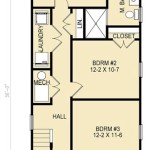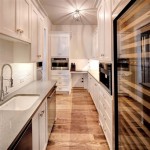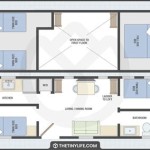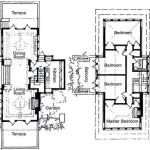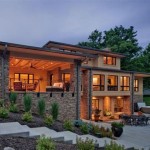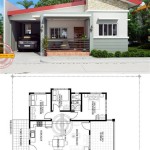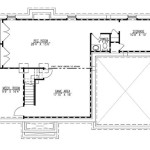Passive Solar Home Design Plans
Passive solar home design is an approach to architecture that utilizes the sun's energy to heat and cool a building naturally, reducing reliance on conventional energy sources. Plans for passive solar homes incorporate specific features that optimize the building's orientation, glazing, thermal mass, and ventilation to create comfortable indoor environments with minimal energy consumption.
Benefits of Passive Solar Home Design
Adopting passive solar design strategies offers numerous advantages, including:
- Reduced Energy Costs: By relying on the sun's energy, passive solar homes can significantly reduce heating and cooling expenses.
- Improved Comfort: Passive solar homes maintain consistent indoor temperatures, eliminating drafts and hot or cold spots.
- Environmental Sustainability: Passive solar design helps reduce greenhouse gas emissions by minimizing the use of fossil fuels.
- Increased Property Value: Homes designed with sustainable features tend to increase in value compared to conventional homes.
Key Elements of Passive Solar Home Plans
Effective passive solar home design plans emphasize the following elements:
- Orientation: Positioning the home to maximize exposure to the sun's rays is crucial. In the Northern Hemisphere, a south-facing orientation is preferred for optimal solar gain.
- Glazing: Windows and other glazed areas allow sunlight to enter the home, providing natural heating. The size, placement, and type of glazing used are carefully considered in passive solar design.
- Thermal Mass: Materials such as concrete, stone, and brick absorb and store heat from the sun during the day and release it into the home at night, providing thermal stability.
- Ventilation: Natural ventilation techniques, such as cross-ventilation, help regulate the indoor temperature and reduce the need for mechanical cooling.
Unique Design Features
Passive solar home plans may incorporate various innovative features to enhance their performance, including:
- Trombe Walls: These thick concrete walls with glazed surfaces absorb solar energy and release it into the home's interior.
- Solar Courtyards: Enclosed spaces with high thermal mass and glazed sides collect and distribute solar heat.
- Sunspaces: Attached or detached enclosures with abundant glazing provide additional solar heating and serve as buffer zones between the indoor and outdoor environments.
Conclusion
Passive solar home design plans offer a sustainable and cost-effective solution for building comfortable and energy-efficient living spaces. By carefully incorporating the principles of passive solar design into their homes, homeowners can enjoy the benefits of reduced energy bills, enhanced comfort, environmental responsibility, and increased property value.

Passive Solar House Plan 2 Bedrms Baths 1418 Sq Ft 146 2710

Passive Solar Home Plan At Alternative Heating Com House Design Homes Plans

Passive Solar House Plans Version 3 Byexample Com

Great Floor Plan For Solar Passive Home In Google Search House Plans Narrow

Passive Solar House Design Ecoliv

Passive Solar House Design

Solar Adobe House Plan 1870

Passive Design Green Home Technology Center

Ranch House Plans For A Passive Solar 1 Bedroom Home

Modern Passive House Solar Design 3 Bed Stylish Home Plan

